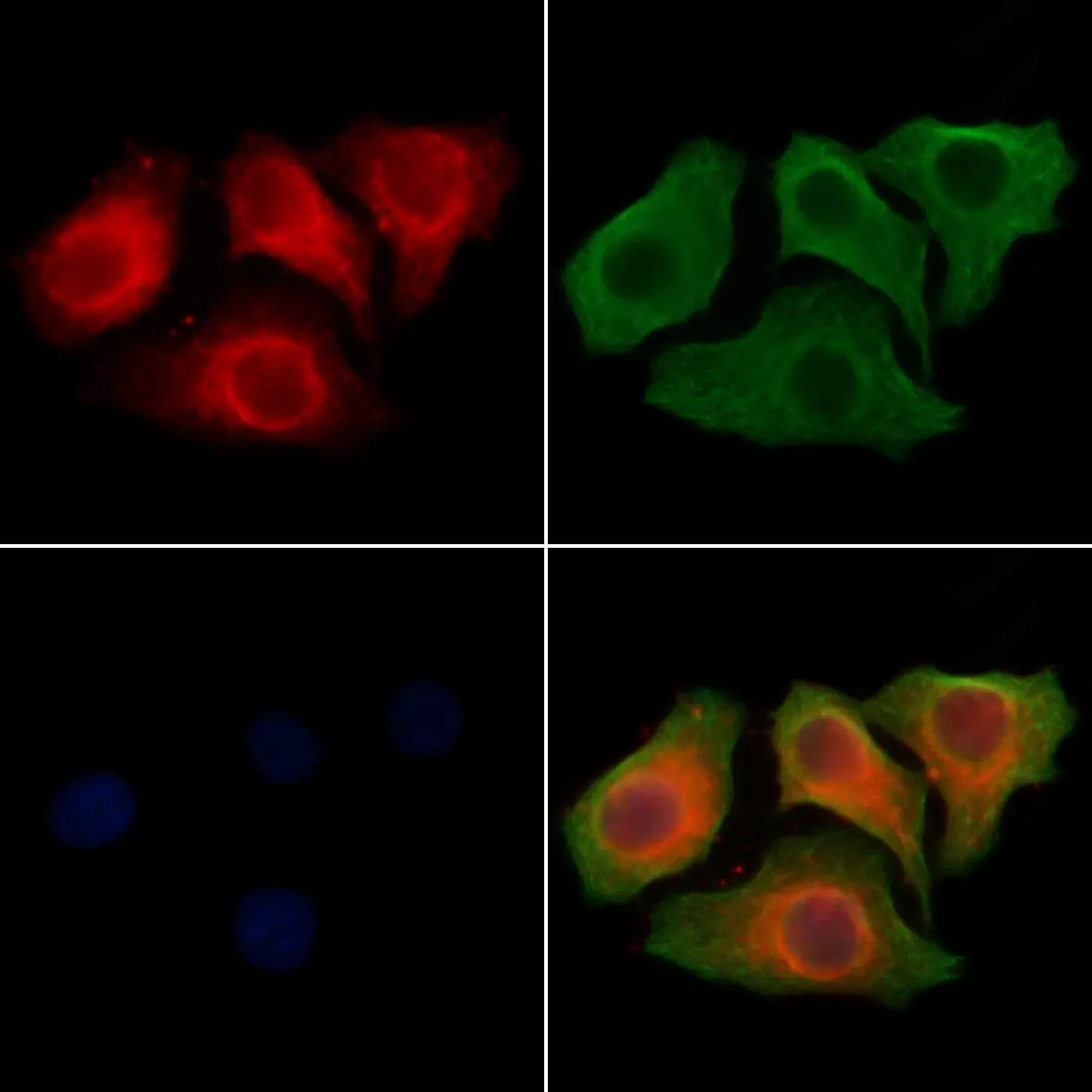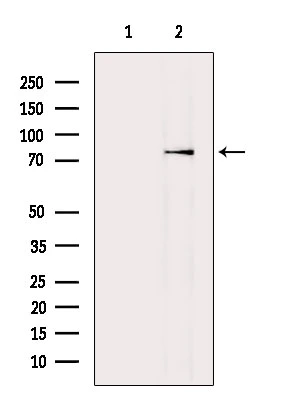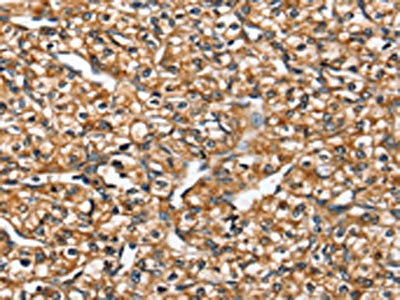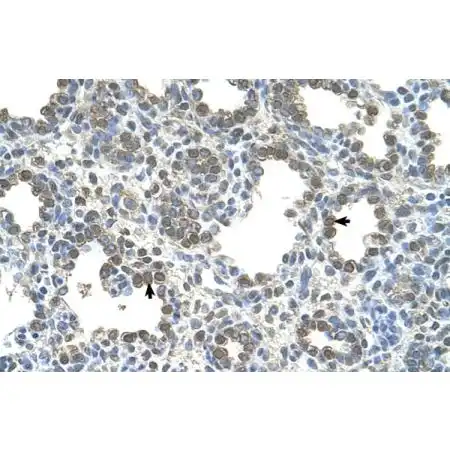
ICC/IF analysis of PFA-fixed HeLa cells using GTX04615 SLC25A5 antibody. Red : Primary antibody Green : Beta tubulin Blue : DAPI Permeabilization : 0.1% Triton X-100
SLC26A5 antibody
GTX04615
ApplicationsImmunoFluorescence, Western Blot, ImmunoCytoChemistry
Product group Antibodies
TargetSLC26A5
Overview
- SupplierGeneTex
- Product NameSLC26A5 antibody
- Delivery Days Customer9
- Application Supplier NoteWB: 1:1000-1:3000. ICC/IF: 1:100-1:500. *Optimal dilutions/concentrations should be determined by the researcher.Not tested in other applications.
- ApplicationsImmunoFluorescence, Western Blot, ImmunoCytoChemistry
- CertificationResearch Use Only
- ClonalityPolyclonal
- Concentration1 mg/ml
- ConjugateUnconjugated
- Gene ID375611
- Target nameSLC26A5
- Target descriptionsolute carrier family 26 member 5
- Target synonymsDFNB61; PRES; prestin; prestin (motor protein); solute carrier family 26 (anion exchanger), member 5
- HostRabbit
- IsotypeIgG
- Protein IDP58743
- Protein NamePrestin
- Scientific DescriptionThis gene encodes a member of the SLC26A/SulP transporter family. The protein functions as a molecular motor in motile outer hair cells (OHCs) of the cochlea, inducing changes in cell length that act to amplify sound levels. The transmembrane protein is an incomplete anion transporter, and does not allow anions to cross the cell membrane but instead undergoes a conformational change in response to changes in intracellular Cl- levels that results in a change in cell length. The protein functions at microsecond rates, which is several orders of magnitude faster than conventional molecular motor proteins. Mutations in this gene are potential candidates for causing neurosensory deafness. Multiple transcript variants encoding different isoforms have been found for this gene.[provided by RefSeq, Nov 2009]
- Storage Instruction-20°C or -80°C,2°C to 8°C
- UNSPSC12352203






